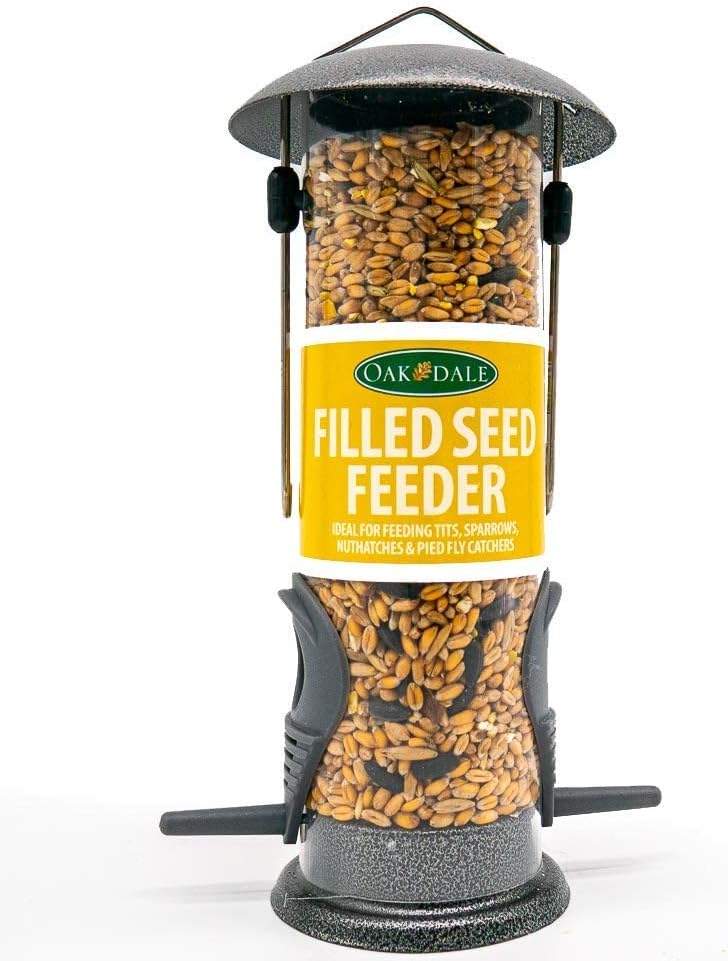
Welcome, fellow bird enthusiasts! Today, we invite you to join us in exploring the world of bird feeders. In our post, we will delve into the age-old debate of hanging bird feeders versus pole-mounted ones. We understand the importance of providing our feathered friends with nourishment and a safe space to visit. By weighing the pros and cons of both options, we aim to assist you in making an informed decision that best suits your avian visitors. Let’s embark on this journey together as we learn more about these two popular methods of feeding our beloved birds.
Attract Feathered Friends with Our Top-Rated Bird Feeders
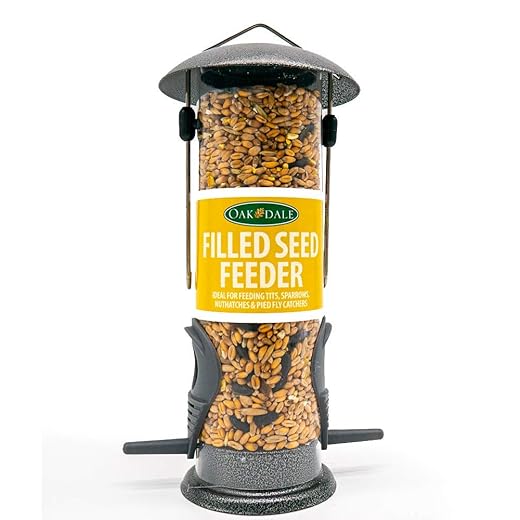


1. Ease of Installation
Hanging bird feeders offer a straightforward and hassle-free setup process that anyone can manage with ease. You simply need a sturdy hook or pole to hang the feeder from, and voila! You’re all set to attract beautiful feathered visitors to your garden.

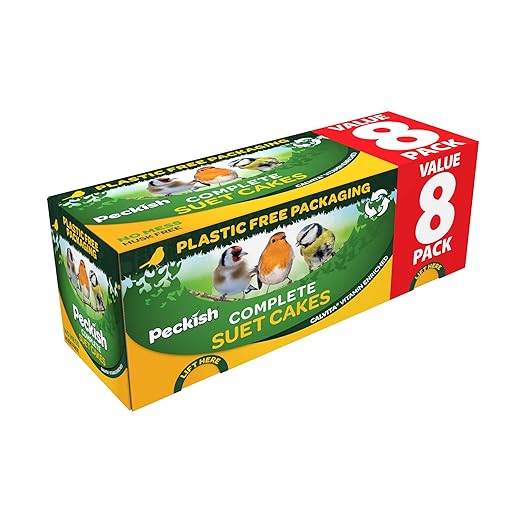
- Example: The Droll Yankees Onyx Clever Clean Sunflower/Mixed Seed Bird Feeder features a convenient hanging design that allows for effortless installation.
2. Versatility in Placement
One of the key advantages of hanging bird feeders is the flexibility they provide in terms of where you can position them. Whether you have a small balcony, spacious backyard, or even a cozy patio, you can easily hang a bird feeder to enjoy the delightful sights and sounds of birds feeding.
- Example: The Brome Squirrel Solution200 Wild Bird Feeder offers versatile hanging options, making it suitable for various outdoor spaces.
Overall, hanging bird feeders not only enhance the aesthetic appeal of your outdoor environment but also provide a convenient way to attract a diverse range of bird species. By opting for hanging feeders, you can effortlessly create a welcoming haven for birds while adding a touch of nature to your surroundings.
Advantages of Pole-Mounted Bird Feeders
When it comes to providing food for our feathered friends, pole-mounted bird feeders offer several key advantages over other types of feeders. Whether you’re a seasoned bird enthusiast or just starting out, understanding these benefits can help you make an informed choice for your backyard setup.
Better Protection from Predators
- Squirrel Proofing: Pole-mounted feeders can be equipped with baffles that prevent squirrels from reaching the seed.
- Height Advantage: Placing the feeder on a pole makes it harder for ground predators like cats to access the birds.
- Raccoon Resistant: Tall poles deter raccoons, ensuring the safety of the birds and their food.
Larger Seed Capacity
- Continuous Supply: With a larger seed capacity, such as the Droll Yankees YF-M Yankee Flipper 21.5-Inch Green Squirrel-Proof Bird Feeder, you can spend less time refilling and more time enjoying bird-watching.
- Variety of Seeds: Pole-mounted feeders can accommodate a variety of seed types, attracting a diverse range of bird species to your garden.
By opting for a pole-mounted bird feeder, not only are you enhancing the dining experience for your avian visitors, but you’re also investing in a safer and more efficient feeding setup. So, next time you’re shopping for bird feeders, consider the benefits that a pole-mounted design can bring to your garden. Happy birdwatching!
Considerations for Bird Feeder Placement
When it comes to setting up your bird feeders, choosing between hanging and pole-mounted feeders can have a significant impact on the birds you attract, the feeder’s maintenance, and the overall aesthetic of your yard. Let’s delve into the considerations for each type of feeder to help you make an informed decision.
Location
- Hanging Feeders
- Ideal for smaller yards or where trees are available for hanging.
- Can be clustered together to create a feeding station.
- Offers more flexibility in placement, allowing you to move them easily to new locations.
- Pole-Mounted Feeders
- Suitable for larger yards with open spaces.
- Provides a more permanent and stable feeding setup.
- Helps keep squirrels and other pests away from the feeders.
Bird Species
- Hanging Feeders
- Attracts smaller birds like finches, chickadees, and titmice that are comfortable feeding off hanging feeders.
- Works well for birds that prefer to feed in motion or those that feel safer feeding off the ground.
- Pole-Mounted Feeders
- Attracts a wider variety of birds, including larger species like cardinals and woodpeckers.
- Can accommodate larger feeders with mixed seed blends that may not be suitable for hanging feeders.
Maintenance
- Hanging Feeders
- Typically easier to clean and refill due to their accessibility.
- Require more frequent refilling, especially if they are popular among birds in your area.
- Susceptible to swinging in windy conditions, leading to seed spillage.
- Pole-Mounted Feeders
- May require a bit more effort to clean and refill due to their elevated position.
- Generally hold more seed, reducing the frequency of refills.
- Sturdier construction minimizes seed wastage caused by swinging feeders.
By carefully weighing these factors, you can choose the feeder type that best suits your specific needs and preferences. Brands like Droll Yankees and Brome offer a wide range of hanging and pole-mounted feeders, each with unique features tailored to different bird feeding environments.
Remember, the key is to create a welcoming and safe space for your feathered friends to enjoy their meals while bringing the beauty of nature closer to your home. Choose wisely and watch as your yard becomes a haven for a delightful array of bird species.
Why Maintenance Is Important
Regular maintenance and cleaning of your bird feeders are crucial for the health and well-being of the birds that visit your garden. Dirty feeders can become a breeding ground for bacteria, fungi, and other harmful pathogens that can make birds sick. By following these simple steps, you can help ensure a safe and inviting feeding space for our feathered friends.
Tips for Tube Feeders
Materials needed:
- Mild soap
- Water
- Small brush or cleaning sponge
- Vinegar solution (optional)
- Bird feeder brush
Steps:
- Regular Inspection: Check your tube feeder for any signs of mold, dirt buildup, or seed clumps.
- Empty and Disassemble: Remove all seeds and parts from the feeder.
- Soak and Scrub: Soak the feeder in a bucket of warm, soapy water. Use a small brush to scrub away any debris.
- Rinse and Dry: Rinse the feeder thoroughly with clean water and let it air dry completely before refilling.
Tips for Platform Feeders
Materials needed:
- Dish soap
- Water
- Scrub brush
- Bird feeder cleaning solution
- Clean cloth
Steps:
- Scrape Off Debris: Remove any uneaten seeds, shells, or droppings from the platform.
- Wash Thoroughly: Mix dish soap with water and scrub the platform with a brush.
- Sanitize: Use a bird feeder cleaning solution to disinfect the feeder.
- Dry Completely: Wipe the feeder with a clean cloth and let it air dry before putting fresh seeds.
Common Mistakes to Avoid
- Using Harsh Chemicals: Avoid using bleach or strong detergents that can be harmful to birds.
- Not Cleaning Regularly: Clean your feeders at least once a month to prevent mold and bacteria buildup.
- Ignoring Moisture: Keep feeders dry to prevent seed spoilage and the growth of mold.
By following these maintenance and cleaning tips, you can create a welcoming environment for birds in your backyard. Remember, a clean bird feeder is a happy bird feeder!
Conclusion: Choosing the Best Feeder Option for Our Feathered Friends
In conclusion, after exploring the differences between hanging and pole-mounted bird feeders, we have highlighted the importance of considering factors such as bird species, accessibility, and aesthetics. While hanging feeders are versatile and attract a variety of birds, pole-mounted feeders offer more protection against predators. We recommend evaluating your specific needs and preferences when deciding between the two options to ensure the best outcome for both you and the birds. Remember, the ultimate goal is to create a welcoming and safe feeding environment for our feathered friends.
Frequently Asked Questions about Bird Feeders
Are there any special considerations to keep in mind when choosing the placement of a bird feeder in a residential setting?
Yes, there are definitely a few important things to consider when placing a bird feeder in your residential setting. It is good to place the feeder in an area that is easily visible from your home so that you can enjoy watching the birds while they feed. Additionally, make sure to keep the feeder away from areas where predators might be able to sneak up on the birds, such as near dense shrubbery or trees. It’s also a good idea to place the feeder in a location that is easily accessible for you to refill and clean. Lastly, try to position the feeder in an area that is not too close to windows to prevent birds from accidentally flying into them. These considerations will help create a safe and enjoyable environment for both you and the birds.
What are the advantages of using a hanging bird feeder over a pole-mounted bird feeder?
Using a hanging bird feeder offers several advantages over a pole-mounted one. Hanging feeders help deter squirrels and other rodents from accessing the birdseed, as they are more challenging to reach when suspended from branches or hooks. Additionally, hanging feeders can attract a wider variety of bird species since they can be placed in various locations around your yard, providing different perspectives and opportunities for birds to feed. These feeders are also easier to clean and refill compared to pole-mounted feeders. Overall, hanging bird feeders can enhance your bird-watching experience and create a more bird-friendly environment in your backyard.
What are the different types of birds that are attracted to hanging bird feeders versus pole-mounted bird feeders?
There are several types of birds that are attracted to hanging bird feeders versus pole-mounted bird feeders. In general, hanging feeders tend to attract smaller birds such as finches, chickadees, and sparrows that are more comfortable feeding in mid-air or while perched on a swinging platform. On the other hand, pole-mounted feeders are more likely to attract larger birds like cardinals, blue jays, and woodpeckers that prefer to feed from a stable and secure base. Remember that each bird species has unique preferences, so it’s always a good idea to provide both hanging and pole-mounted feeders to accommodate a diverse range of feathered visitors in our yard.
How do hanging and pole-mounted bird feeders differ in terms of maintenance and cleaning?
Hanging bird feeders are typically easier to lift and reach for refilling and cleaning compared to pole-mounted feeders which may require a step stool or ladder for maintenance. However, pole-mounted feeders may attract fewer squirrels and other non-avian animals looking for a meal in comparison to hanging feeders. It is important to regularly clean both types of feeders to prevent mold and bacteria buildup that could harm the birds. Remember to clean and disinfect the feeders every 1-2 weeks to maintain a healthy feeding environment for our feathered friends.
What factors should be considered when deciding between a hanging or pole-mounted bird feeder?
When deciding between a hanging or pole-mounted bird feeder, there are several factors to consider. First, we should think about the types of birds we want to attract and their feeding preferences. Some birds may prefer feeders that are easily accessible from above, while others may prefer feeders that are placed higher off the ground. Second, we should consider the location where we want to place the feeder. If we have limited space, a hanging feeder may be a better option to save space, whereas a pole-mounted feeder could be more stable in windy conditions. Additionally, we should think about factors such as ease of installation, maintenance, and protection from predators. By considering these factors, we can choose the best option that suits our needs and the needs of the birds we want to feed.
How does the location of the bird feeder affect the types of birds that will visit?
The location of a bird feeder can greatly influence the types of birds that will visit. Placing the feeder in an open area with good visibility will attract a variety of species, whereas a feeder tucked away in dense foliage may only be used by certain bird species that feel safe and comfortable in that setting. Additionally, placing the feeder near trees or shrubs can provide perches for birds to rest on before approaching the feeder, encouraging more diverse species to visit. Overall, choosing the right location for a bird feeder can enhance the bird-watching experience and attract a wider range of beautiful feathered friends to our gardens.




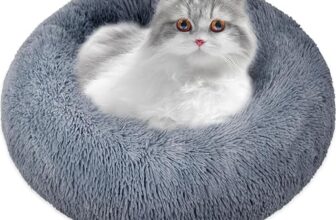

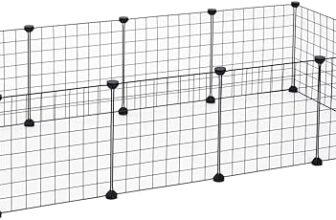


I have a tip to share: placing feeders near natural water sources can attract a wider range of bird species to your yard.
I’d love to see an article on DIY bird feeder projects for those looking to add a personal touch to their backyard bird feeding setup.
I prefer pole-mounted feeders as they are more stable and less likely to swing in the wind, ensuring the birds can access the food more easily.
Thank you for sharing your preference! Stability is definitely an important factor to consider when choosing between hanging and pole-mounted bird feeders.
I recently started using a baffle on my pole-mounted feeder to deter squirrels. It’s been working great so far!
That’s a fantastic tip! Using a baffle is a popular method to keep squirrels away from bird feeders. Thank you for sharing your positive experience.
I’ve heard that providing different types of seeds in the feeders can attract a more diverse group of birds. Can you confirm this?
Yes, offering a variety of seeds can indeed attract different bird species. Thank you for highlighting this important aspect of bird feeding.
I’ve found that cleaning the bird feeders regularly not only helps to maintain the health of the visiting birds but also prevents mold growth and seed spoilage.
I’ve always found hanging bird feeders to be more aesthetically pleasing, but I can see the practicality of pole-mounted ones in certain situations.
Do you have any recommendations for effective ways to keep squirrels away from the bird feeders?
What are some specific placement considerations for bird feeders to attract a variety of bird species?
Great question! I’ll be sure to include more details on specific placement considerations in future articles.
I’ve had success with hanging feeders near dense shrubs or trees for smaller birds to find cover quickly if needed.